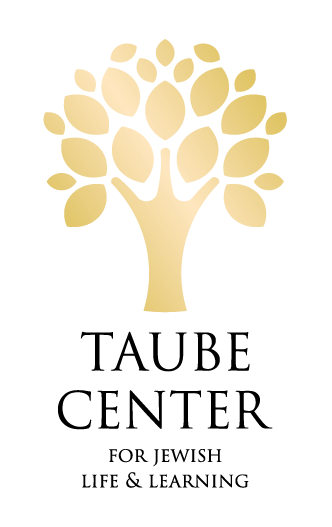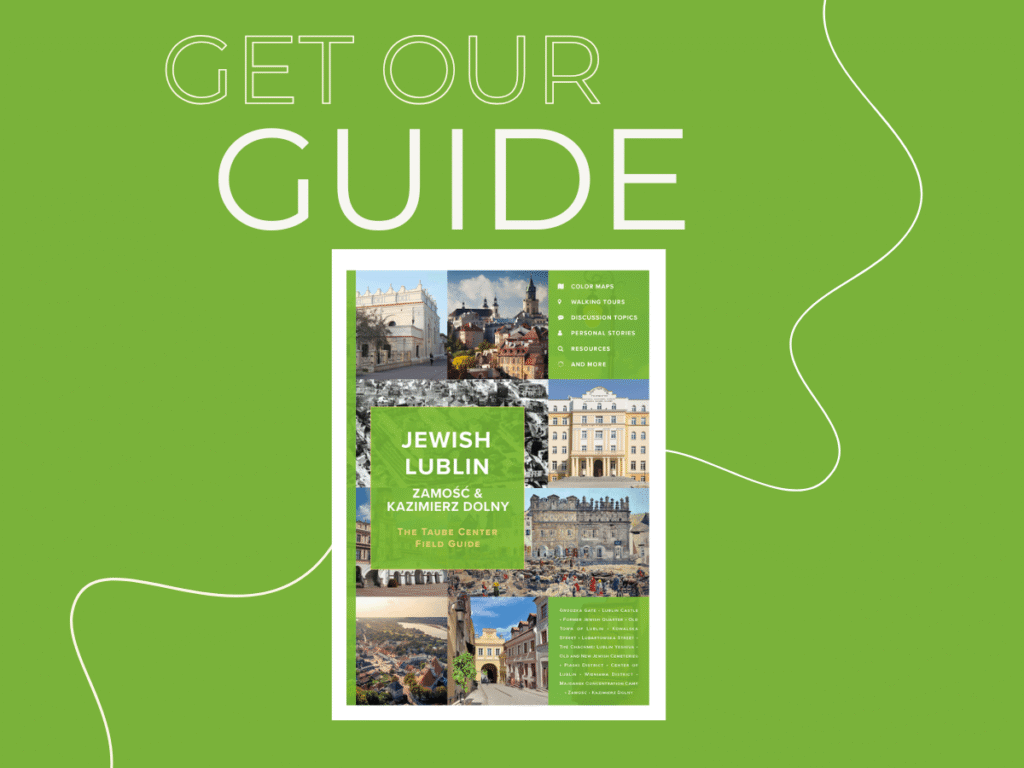Lublin has just been named the European Capital of Culture for 2029 — a recognition of its vibrant history and cultural richness. Among the many stories this city holds, Jewish Lublin occupies a particularly profound place. For centuries, Lublin was a center of Jewish religious life, scholarship, and community, and its legacy continues to shape the cultural landscape today.
Early Traces of Jewish Life
One of the oldest traces of Jewish presence in the city can be found at the Old Jewish Cemetery, where the oldest surviving matzevah dates back to 1541. This cemetery became the final resting place for generations of Lublin’s Jews and remains a key witness to the city’s long history.
A Center of Learning and Governance
In the early modern period, Lublin earned renown for its great yeshivas. The city was home to some of the most prestigious institutions of Jewish learning in Europe, attracting students and scholars from across the continent. It was also the seat of the Council of the Four Lands (Va’ad Arba’ Aratzot), the central body of Jewish self-government in the Polish–Lithuanian Commonwealth, which governed Jewish communities for nearly two centuries.
The Seer of Lublin
The city’s spiritual life was further enriched by the presence of the Hasidic master Rabbi Yaakov Yitzchak Horowitz, known as the “Seer of Lublin.” Settling in the city in the late 18th century, he drew thousands of followers, making Lublin a center of Hasidic thought and practice.
Tragedy and Memory
Jewish Lublin also bore witness to tragedy. By 1939, around 40,000 Jews lived in the city, forming a vibrant community that was almost entirely destroyed during the Holocaust. In 1944, Majdanek, the concentration and extermination camp located just outside the city, became the first Nazi camp in Europe to be turned into a state memorial museum. Today, Majdanek stands as a powerful site of remembrance and education.
Lublin in Literature and Symbols
Lublin’s Jewish history lives not only in its cemeteries and memorials but also in literature and art. Isaac Bashevis Singer immortalized the city in his novel The Magician of Lublin, whose protagonist, Jasza Mazur, became one of the most enduring literary characters to emerge from Poland’s Jewish past. Even Lublin’s modern city logo bears traces of this heritage: two overlapping gates symbolize the city’s cultural crossroads, with an eye at the center evoking the “Seer of Lublin.”
Explore Further
For those wishing to explore this layered heritage, the Taube Center’s Field Guide to Jewish Lublin, Zamość & Kazimierz Dolny offers an in-depth journey through the sites, stories, and memories that shaped Jewish life in the region. The guide includes maps, historical context, and personal stories — making it an invaluable companion for educators, travelers, and anyone interested in Jewish history.
👉 Available here: Field Guide to Jewish Lublin, Zamość & Kazimierz Dolny









